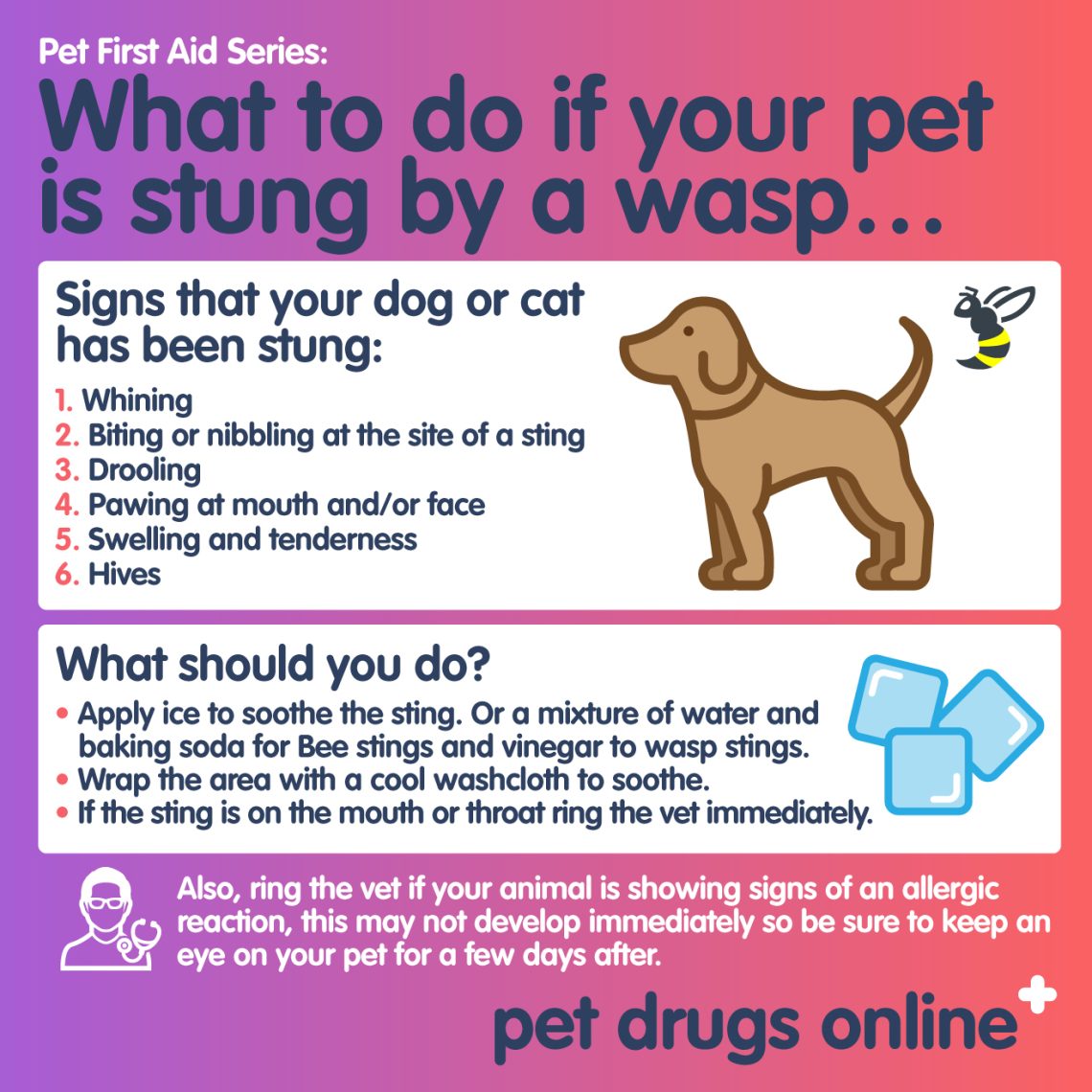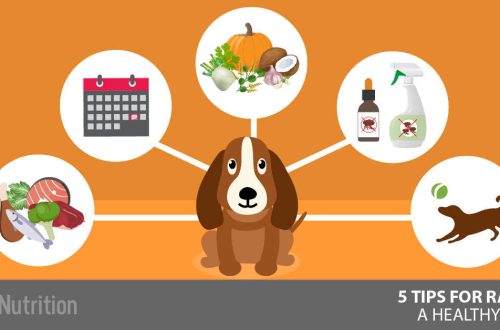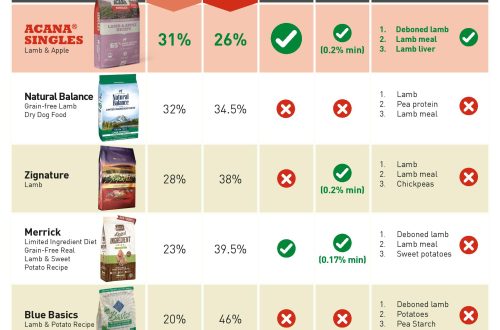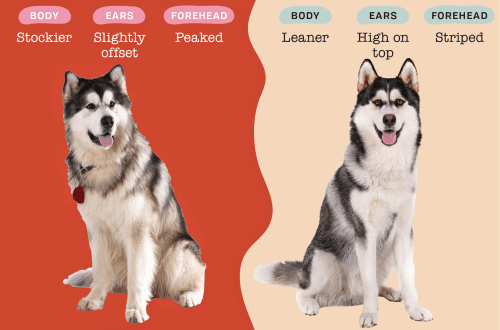
What to do if a dog is bitten by a wasp or a bee?
Dogs are curious creatures. They love to run and hunt, including insects that sometimes bite dogs to defend themselves.
Multiple bites can be dangerous. In most cases, an insect bite will simply hurt and annoy your pet. Several bites at once or bites to the mouth and throat can be dangerous and require a visit to the veterinarian.
Bee and wasp stings are poisonous. Most often, a dog can get a bee or wasp sting. It is not a small wound at the puncture site that causes pain, but a small amount of poison that the insect injects.
- The bee stinger is sharpened to get stuck in the skin, causing it to break away from the bee’s body, killing it.
- The sting of the wasp is not pointed, but its bite is more painful, and if provoked, these insects can bite several times in a row.
Most often, dogs get bitten in the face. due to the fact that they come too close to the insect to consider it. Especially painful is the bite to the dog’s sensitive nose. Some dogs may even get bitten in the mouth or throat if they try to bite or catch an insect. Such bites
Monitor for allergic reactions. A severe reaction may be caused by a large number of stings or an allergy. Symptoms of a dog’s body reaction are:
- General weakness
- Labored breathing
- Large swelling at the site of the bite
In the event of a severe reaction, take your dog to the veterinarian immediately.
A normal bite can be left alone and just let it heal.. It will give the dog only temporary inconvenience. If the sting hasn’t come out of the bite, try removing it with your fingernail or a hard piece of cardboard. Do not use tweezers or tongs to remove the stinger, as this may release even more venom from the stinger.
Give your dog a pain reliever. Apply a compress moistened with a weak solution of baking soda to help ease the pain. You can also wrap a piece of ice in a towel and apply it to your skin to reduce swelling and pain.
Keep a close eye on your dog. Be sure to monitor your dog after being bitten to make sure it doesn’t develop an allergic reaction. If the swelling does not subside after a few days, contact your veterinarian.
Learn more about Hill’s dog care recommendations and learn how to choose the right Hill’s Science Plan food for your dog’s special needs.





